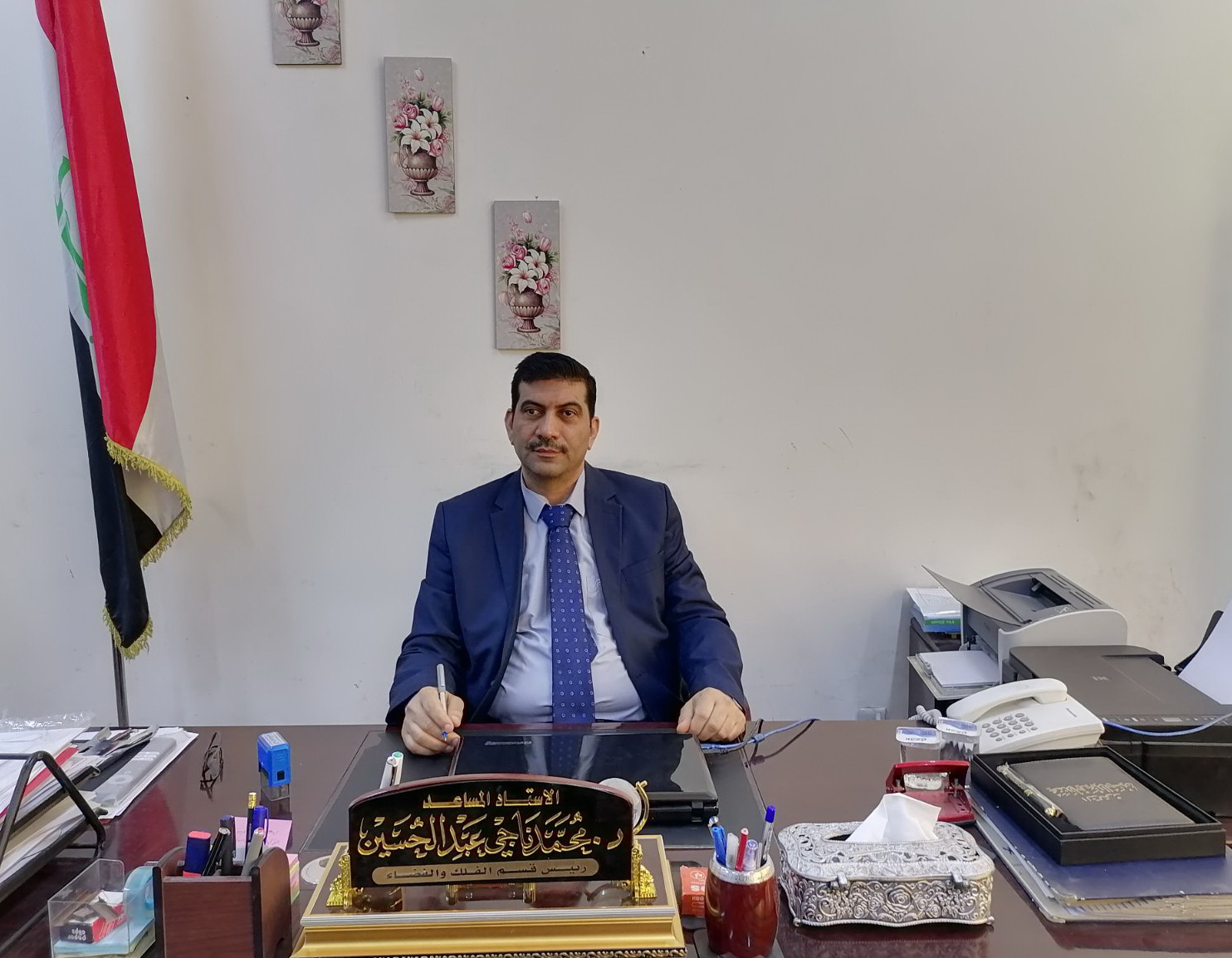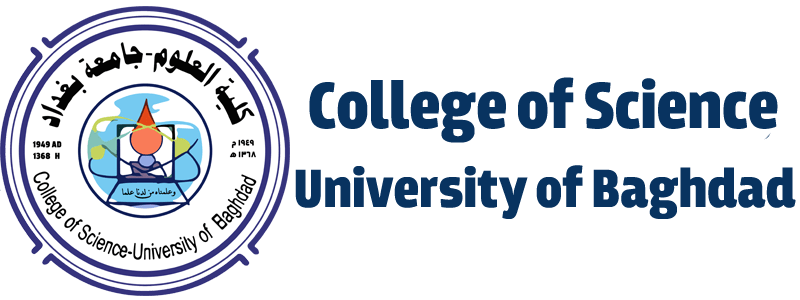In the name of God, the most gracious, the most merciful Iraq is the cradle of sciences and civilizations, as historians have unanimously agreed throughout the ages that Iraq has had successive civilizations that have bequeathed to the world the sciences of astronomy, mathematics, and other sciences that have and continue to facilitate people’s lives. Among the ancient civilizations that took care of these sciences are the Akkadians, Babylonians, Assyrians, and Chaldeans, and those who came after them. Of the countries and dynasties that ruled the land of blackness. In the last decades of Iraq’s history, interest in space sciences and astronomy began early, more than five decades ago, as we mention, but not limited to, some examples. In a report by the Al Jazeera Arabic channel, an article published in 2021 shows that Iraq, 32 years ago, in the first Arab experiment, launched a missile. Al-Abed into space. It is considered the first Arab missile capable of carrying satellites. It is also considered one of the strategic missiles with a range of two thousand kilometers. It is primarily intended for communications and reconnaissance. This means that Iraq, three decades ago, was able to manufacture the first Arab missile capable of carrying satellites to their orbits. In outer space, with Iraqi capabilities and local efforts at the time. After two failed experiments, Iraq announced the successful test launch of the missile on December 5, 1989 from the Anbar Air Base, bringing the country into the space field. In June 2014, Iraq launched the TigriSat satellite. This satellite was completed in cooperation with the Italian University of La Spianza, where a delegation consisting of employees of three Iraqi ministries joined a 14-month course, after which they were awarded a master’s degree in satellite technology. This satellite is designated for research purposes in the field of desertification and dust. The satellite takes live images and sends them to a ground base that undertakes to analyze and benefit from its data. It also transmits the images to two ground stations, one located in Rome and the other in Baghdad. The launch took place from the Yazhny space region in the Federal Republic of Russia, aboard the Dnepr rocket, on Thursday, 6/19/2014. The Ministry of Science and Technology announced on 7/11/2014 that the station had received the first signals from the first Iraqi satellite, TigriSat. The ground prepared for this was in Baghdad, stressing that this encouraged it to study the possibility of launching a larger satellite. In 1990, the precise scientific direction began to build scientific cadres specialized in space and astronomy sciences through a scientific research unit that was linked to the Scientific Research Council at that time and was linked to the College of Science at the University of Baghdad. It was linked administratively to the Deanship of the College and scientifically to the Department of Physics, and in the year 1998 the Department of Astronomy and Space Sciences was created. Instead of the Astronomy Research Unit, it became one of the scientific departments affiliated with the College of Science, and it is the only department of its kind in Iraqi universities that grants an academic degree in space sciences and astronomy. Since then, the department began granting a bachelor’s degree in the field of space sciences and astronomy, which qualifies the department’s graduates to work in all fields. Fields related to this specialization, such as specialized research centers, astronomical observatories, and scientific care centers, as well as to work in the field of astronomical observations, space technologies, data analysis, satellite images, and various other sciences related to various space and astronomy programs, in addition to the graduate’s possession of a sufficient amount of information that qualifies him to work in various scientific institutions. The department has also created various specializations in graduate studies, and many students have graduated with higher degrees (master’s and doctorate) with the following specializations: 1- Radio astronomy 2- Optical astronomy 3-Orbits 4- Astronuclear physics 5-Astrophysics 6- Space physics The department includes a teaching staff in the field of astronomy and space who hold doctorates and master’s degrees and hold various academic salaries. This staff contributes to teaching and supervising graduate students and research projects for fourth-year students. In recent years, the pace of constructive scientific communication has begun to increase in the department with various scientific institutions outside and inside the country, including international universities such as the University of Bonn and Cologne in Germany, Cairo University in Egypt, and many other international and Arab universities and institutions. The department has also become an observer member of the International Astronomical Union and a number of its teaching staff. The department joined the union, and locally there was communication and cooperation with many institutions, including the Sunni Endowment Office, as well as the Scientific Welfare Department in the Ministry of Youth and Sports, from which many wonderful youth teams emerged interested in astronomy and astronomical observation, directing Iraqi youth to constructive scientific work to advance the scientific process in our country. The department’s professors, in cooperation with researchers and professors from various state institutions, are seeking to see the light of important projects at the national level, including the Baghdad Planetarium in Al-Zawra, as well as seeking to establish an Iraqi space agency so that Iraq will take its pioneering role in the future in the fields of space science and technology, as it has been throughout the ages.
Head of the Astronomy and Space Department
Assistant Professor Dr
Abdullah Kamel Ahmed


